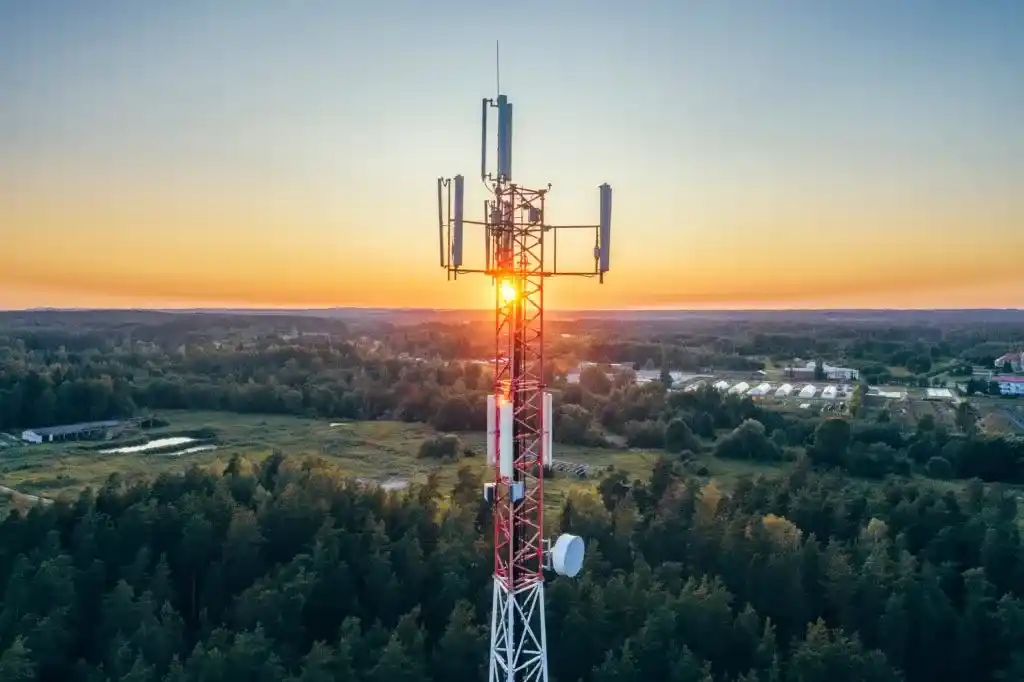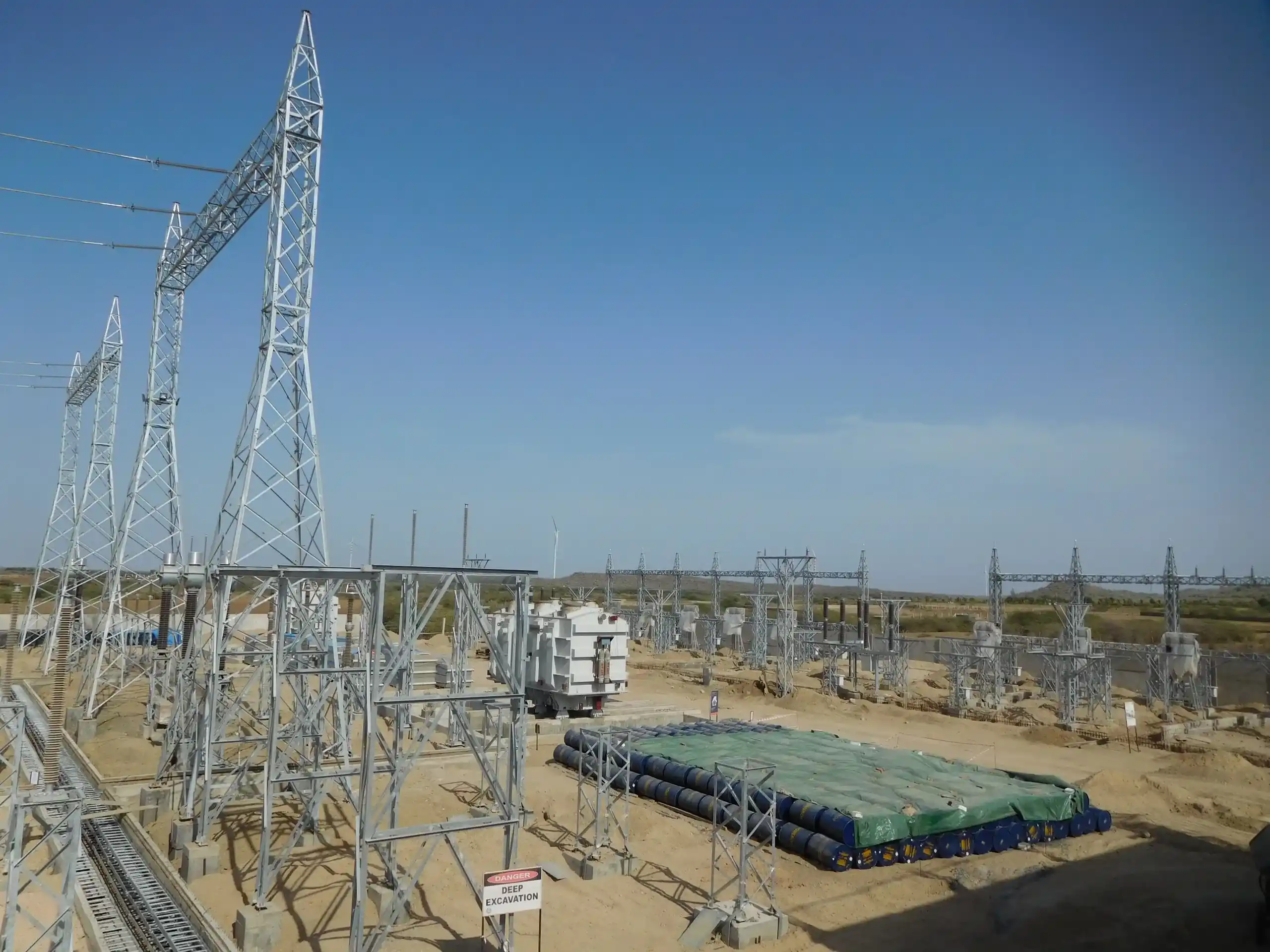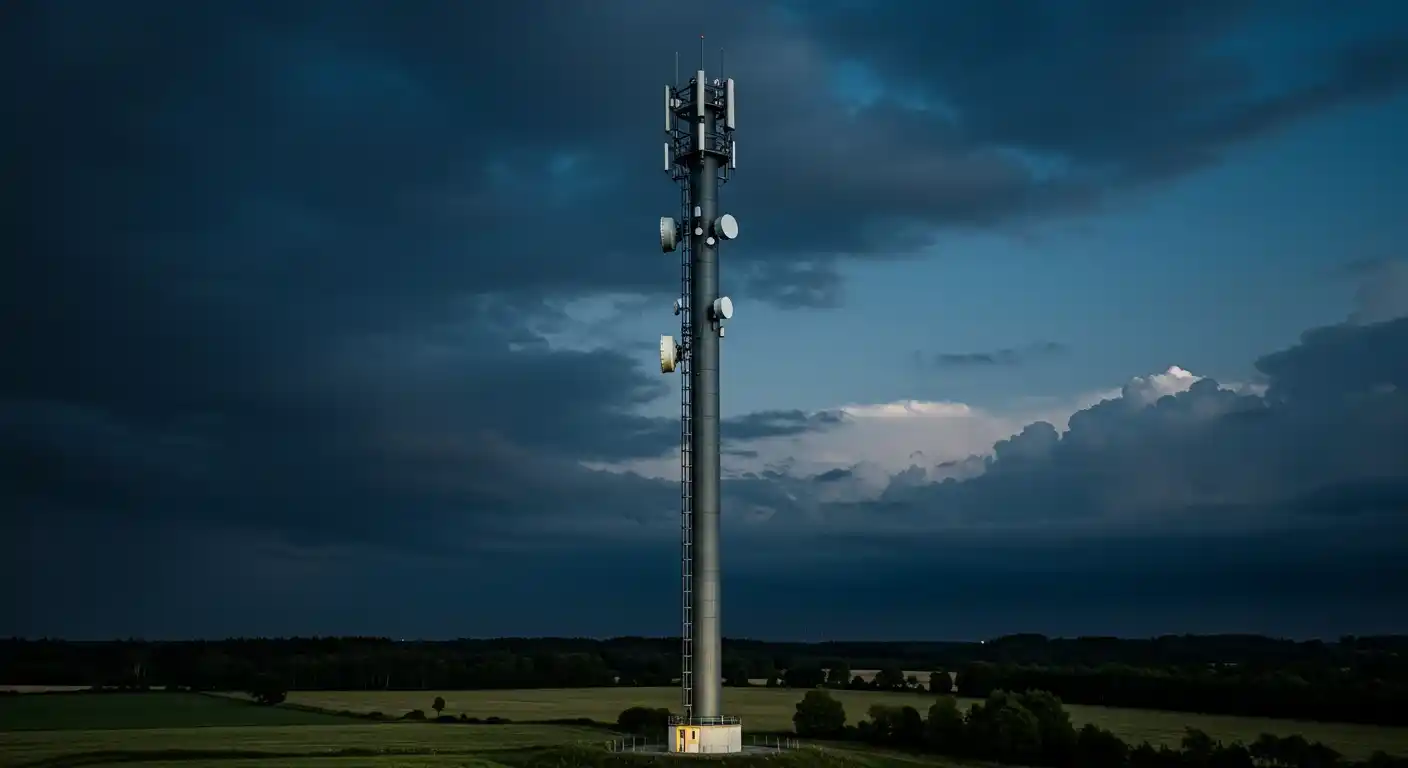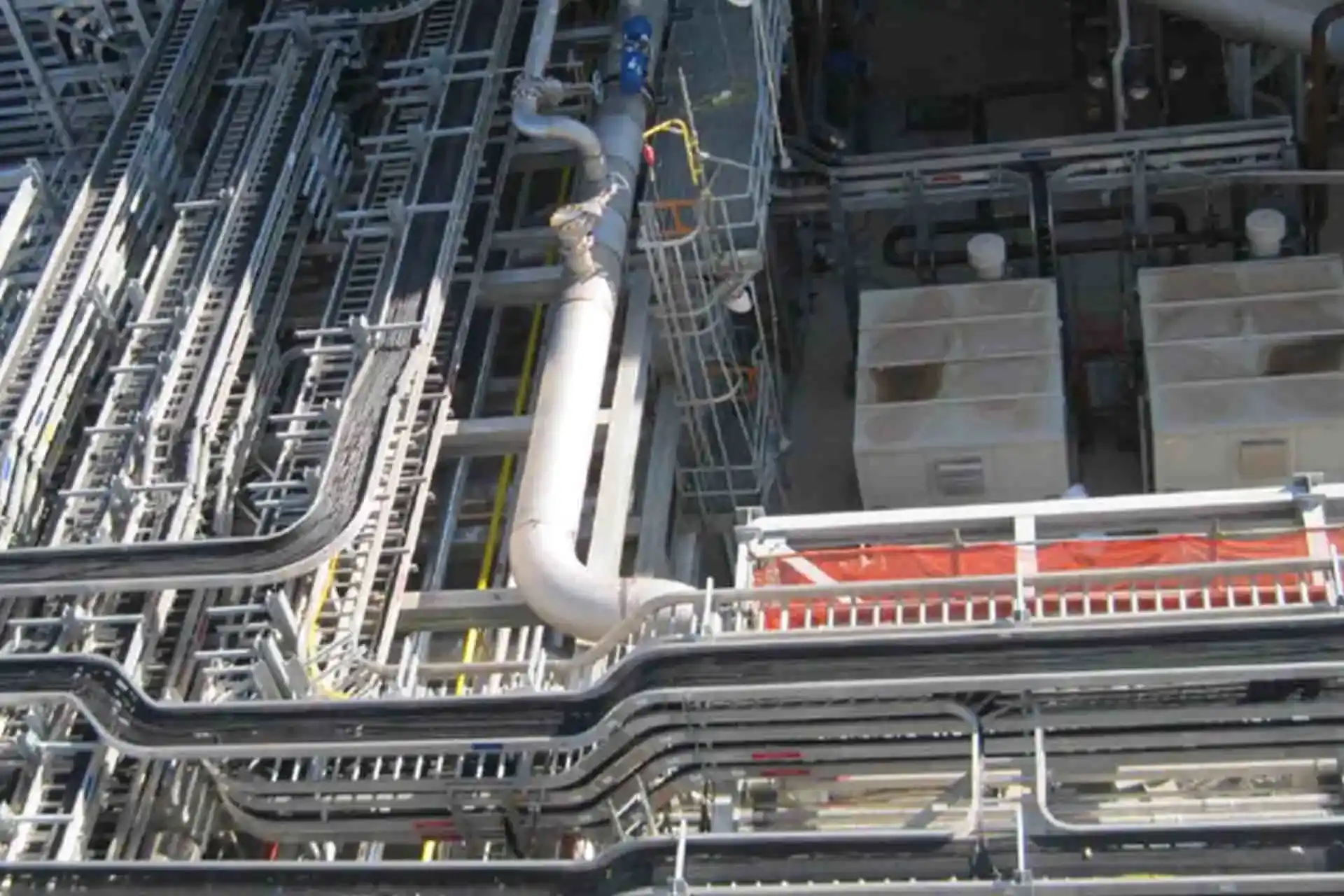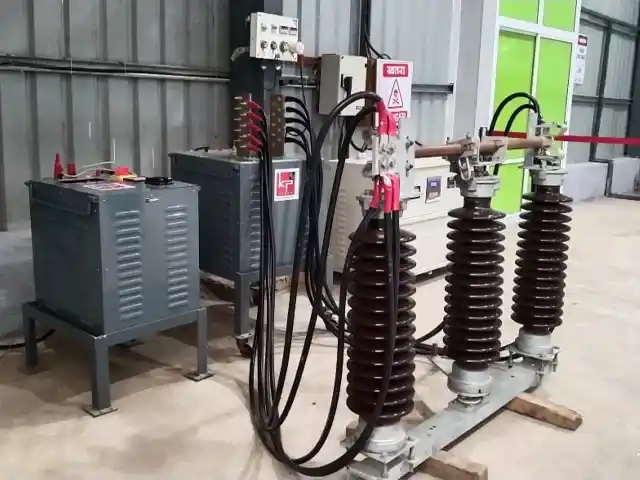
Avoiding Mistakes in Cable Tray Installation
Proper installation of cable trays is important to ensure hassle-free cable management. It ensures safety and long-term reliability in electrical systems. However, mistakes during installation could be the reason for expensive repairs and compliance problems, as well as increase the risk of danger for safety purposes.
While installing these trays in an industrial, commercial area or infrastructure project, it is necessary to avoid common mistakes for better performance.
This comprehensive guide provides the top mistakes to watch out for while installing the cable trays.
So, let's get going without any further delay.
What Is a Cable Tray?
A cable tray is a structural system used to organize and protect electrical cables in industrial, commercial, and residential setups. It is a safe way to route cables for easy maintenance and future upgrades. These trays decrease the risk of overheating and electrical damage and reduce clutter.
They have different types, including,
Ladder trays
Perforated trays
Solid-bottom trays
Wire mesh trays
Each cable tray type is developed to fulfill different installation requirements and environmental conditions. This tray is a key component in maintaining and organizing the electrical infrastructure.
Avoid These Mistakes When Installing Cable Trays

Mistake #1. Choosing the Wrong Cable Tray Type
Selection of the wrong type can increase safety risks and durability problems. These trays come in various designs to suit specific needs and use.
Cable Tray Types and Their Uses
Ladder Trays: Used for heavy-duty cables in industrial setups to offer strong ventilation and support.
Perforated Trays: Suitable for general-purpose uses where partial airflow and cable safety are required.
Solid-Bottom Trays: Used for delicate cables that need complete protection from dust, moisture, or interference.
Wire Mesh Trays: Used in IT and data centers for lightweight cables that need flexible routing.
Why Choosing the Right Type Matters
Performance Issues: Selection of an unsuitable tray can lead to issues like overheating, signal interference, or cable damage.
Durability Concerns: Weak trays can not support cable weight and start sagging or fail structurally.
Installation Challenges: The wrong type selection may complicate the routing process or make maintenance difficult.
By understanding the specific installation needs, it is possible to ensure reliability and proper cable management.
Mistake #2. Improper Planning and Layout in Installation
Planning is an important step before electrical tray installation as it ensures proper routing, spacing, and load calculation. Avoiding this step can generate serious issues like cable clogging, maintenance difficulties, and even system failure.
Why Proper Planning Matters
It ensures hassle-free cable routing by avoiding extra bends and troubles.
It avoids the overcrowding issue by simplifying future expansion or upgrades.
It helps to distribute weight evenly by avoiding tray sagging or structural damage.
Common Planning Mistakes
Incorrect Spacing: Placing trays too close or too far can lead to inefficient cable routing.
Poor Load Calculations: Underestimating cable weight, causing trays to bend or fail.
Inadequate Routing Design: Ignoring future expansion needs makes modifications difficult later.
Businesses can improve cable tray performance by carefully designing the layout and predicting future requirements. It also decreases safety risks and eases the process of maintenance.
Mistake #3. Overloading the Cable Tray
Going beyond the recommended weight limits in electrical cable trays can create issues like structural failure and safety dangers. Properly laid management makes sure the tray remains stable and avoids cable damage.
Why Overloading Is a Problem
Structural Damage: Too much weight can sag the tray, bend or break it over time.
Safety Risks: A weak tray may fail suddenly, leading to falling cables or electrical dangers.
Reduced Performance: Overcrowded cables generate more heat, increasing the risk of malfunctions.
How to Prevent Overloading
It is important to check the cable tray manufacturer’s weight limits before setting up.
Distribute cable weight evenly to decrease stress on the tray.
It is necessary to plan for future expansion in advance to avoid exceeding capacity in the future.
By following weight guidelines and proper insulation practice, it is possible to ensure long-term reliability and safety in the system.
Mistake #4. Incorrect Support and Fastening
It makes the tray unstable and creates safety risks with long-term damage by securing trays improperly to
Walls
Ceilings
Racks
Proper support and fastening are important to maintain structural durability.
Common Support and Fastening Errors
Weak Anchoring: Use of the wrong fasteners or improperly secured trays makes them loosen in the future.
Incorrect Spacing: Too far support placement causes sagging or improper weight distribution.
Ignoring Load Requirements: Not focusing on cable weight can weaken fastenings and fail.
Best Practices for Secure Installation
According to the tray setup location, use proper,
Brackets
Clamps
Bolts
Keep the needed spacing between support points to avoid sagging.
Give importance to cable weight and use string fasteners for durability.
Go for regular inspections to identify,
Sagging
Damage
Structural weakness
By properly securing the trays, it is possible to avoid expensive repairs, improve stability, and ensure safety in electrical installations.
Mistake #5. Ignoring Electrical Safety Standards
Not following electrical safety regulations can cause,
Dangerous installations
Costly fines
Operational failures
Following industry standards like NEC (National Electrical Code) and IEC (International Electrotechnical Commission) ensures safe and legally compliant electrical systems.
Why Safety Standards Matter
It ensures proper tray grounding to avoid electrical damage.
It decreases the risk of
Short circuits
Fires
System failures
It fulfils regulatory needs to avoid costly fines or legal consequences.
Common Violations & Their Outcomes
Improper grounding can cause electrical shocks or equipment crashes.
Overfilled cable trays cause overheating and fire risks.
Non-approved materials can cause structural failure or damage.
Exceeding weight limits can damage the tray and compromise system durability.
By following NEC and IEC standards, businesses ensure
Long-term safety
Reliable performance
Compliance with electrical regulations
Mistake #6. Poor Cable Management
When cables are not organized, it can cause maintenance challenges, safety risks, and decreased productivity. Organized cable management makes sure to have easy access, decreased damage, and extends the lifespan.
Common Cable Management Mistakes
Overcrowding cables can cause overheating and signal interference.
Tight arrangements without proper spacing make the troubleshooting and repairing process difficult.
Unstructured cables create a mess and tangles, and increase wear in the future.
Why Proper Organization Matters
Well-organized cables help with easy maintenance, like quick inspections and repairs.
It decreases the chance of damage by avoiding stress on cables and extends cable life.
It prevents electrical hazards and ensures reliable performance with improved safety.
Businesses can maintain long-lasting cable installations by following
Structured bundling
Spacing guidelines
Clean routing
Mistake #7. Neglecting Grounding and Bonding
Proper grounding and bonding are important for the electrical cable tray system to improve safety. Ignoring these steps can cause dangerous malfunctions and failures.
Why Grounding is Important
It helps to avoid electrical shocks by safely moving excessive current into the ground.
It helps to secure electrical components from power outages and short circuits.
It decreases fire risks generated by uncontrolled electrical load.
Common Grounding Errors & How to Avoid Them
Skipping grounding connections: Always install assigned grounding points to protect the system.
Using improper bonding materials: Make sure that all fasteners and conductors follow electrical standards.
Poor cable tray continuity: Maintain a secure electrical path between trays to avoid disturbances.
Ignoring local regulations: Follow NEC, IEC, or industry guidelines to ensure compliance.
Businesses can optimize safety and prevent the expenses of failures by properly grounding and bonding the trays.
Mistake #8. Using Low-Quality Materials
The selection of an unprofessional cable tray manufacturer can negatively affect durability and safety. Poor-quality trays are more likely to bend and damage, which can cause the entire structure to fail and require costly repairs.
How Low-Quality Materials Impact Durability
Trays with low-quality material crack as they cannot handle heavy loads.
Low-grade coatings can generate early spoiling in humid or harsh environments.
Weak fasteners start losing earlier and increasing maintenance requirements.
Recommended Materials for Different Environments
Galvanized Steel works well for industrial settings with medium moisture exposure.
Stainless Steel works well for high-corrosion areas like chemical plants or coastal regions.
Aluminum works well for indoor commercial usages as they are lightweight and rust-resistant.
PVC-Coated Trays work well to provide extra protection against chemicals and humidity.
By choosing trusted cable tray manufacturers and suppliers like KP Green Engineering Limited, businesses ensure strong and long-lasting tray setups.
Conclusion
Proper planning of the cable management system is important as it helps to avoid unnecessary disruptions. A simple consideration at the start of the cable tray installation process can avoid many issues.
Each element, from choosing the materials to space support, is important for the system to perform well. Businesses can improve cable management by considering factors like,
Environmental conditions
Load capacity
Future expansion
This method helps to build strong and adaptable systems and fulfill emerging needs.
Are you looking for a safe and durable cable management system without installation errors? Let KP Green Engineering Ltd guide you with expert insights and high-quality solutions for flawless installation.
Frequently Asked Questions:
About Us
KP Green Engineering Ltd. provides complete engineering and steel structure manufacturing solutions worldwide, serving industries such as renewable energy, telecommunications and beyond.
Get In Touch
Latest News
Gujarat Deputy CM Harsh Sanghavi Inaugurates KP Green Engineering's Matar Facility
KP Group and Kubota use IBM Maximo on Azure to streamline reporting, optimize operations, reduce costs, and support sustainability.
Botswana president's proposed Jan visit boosts industry hopes



